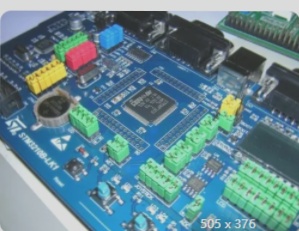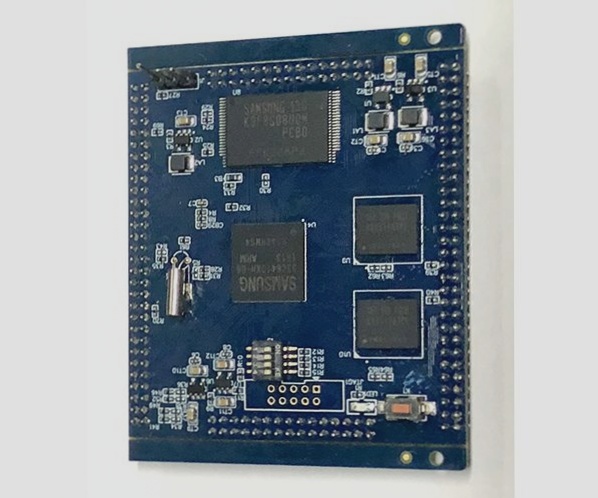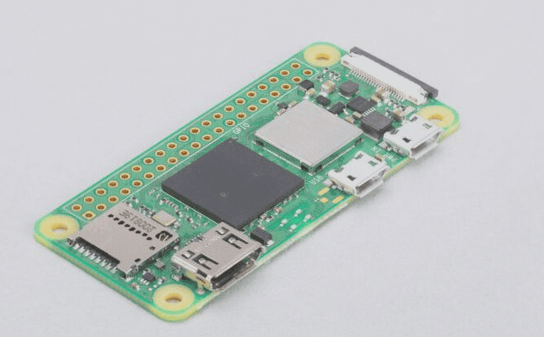Printed Circuit Boards (PCBs) Design Principles
Printed circuit boards (PCBs) are essential for supporting circuit components in electronic devices and establishing electrical connections. As technology advances, PCB density increases, making quality PCB design crucial for resisting interference.
Optimizing PCB Performance
Effective PCB design aims to optimize electronic circuit performance through component layout and trace routing. Adhering to general design principles is key to achieving high-quality and cost-effective PCB designs.
1. Layout
- Consider PCB size to prevent impedance issues and reduce costs.
- Space high-frequency components closely and sensitive components farther apart to minimize interference.
- Secure heavy components with brackets and ensure proper heat dissipation.
- Position adjustable components for convenient access and align with external adjustments if needed.
- Arrange components based on signal flow, core components at the center, and consider distributed parameters for high-frequency circuits.

2. Wiring Principles
- Avoid running input and output wires parallel and adjacent; insert ground wires between them to minimize feedback coupling.
By following these PCB design principles, you can enhance circuit performance and ensure efficient electronic device operation.
PCB Design Best Practices
Printed Trace Considerations
- The width of printed traces depends on bond strength and current.
- For copper foil thickness of 0.05mm, a trace width of 1.5mm is recommended.
- Integrated circuits typically use trace widths of 0.02–0.3mm.
- Wider traces are preferred for power and ground connections.
- Trace spacing is determined by insulation resistance and breakdown voltage requirements.
Pad Design Tips
- Center hole of a pad should be slightly larger than the lead diameter.
- For high-density circuits, minimum pad diameter can be (d + 1.0) mm.
PCB Noise Immunity Measures
- Power Trace Design: Width should match current requirements; align power and ground traces with data lines.
- Ground Design Guidelines:
- Separate digital and analog grounds.
- Use wide ground traces to reduce voltage drops.
- Ground traces should form a closed loop for digital circuits.
- Decoupling Capacitor Configuration:
- Place capacitors strategically on the PCB for noise reduction.
- Use specific capacitor values for power input and ICs.
- Keep capacitor leads short, especially for high-frequency applications.
- Consider using RC circuits for components prone to spark discharges.
- Ground or connect unused terminals in CMOS inputs to prevent interference.
If you require PCB manufacturing services, feel free to contact me.




